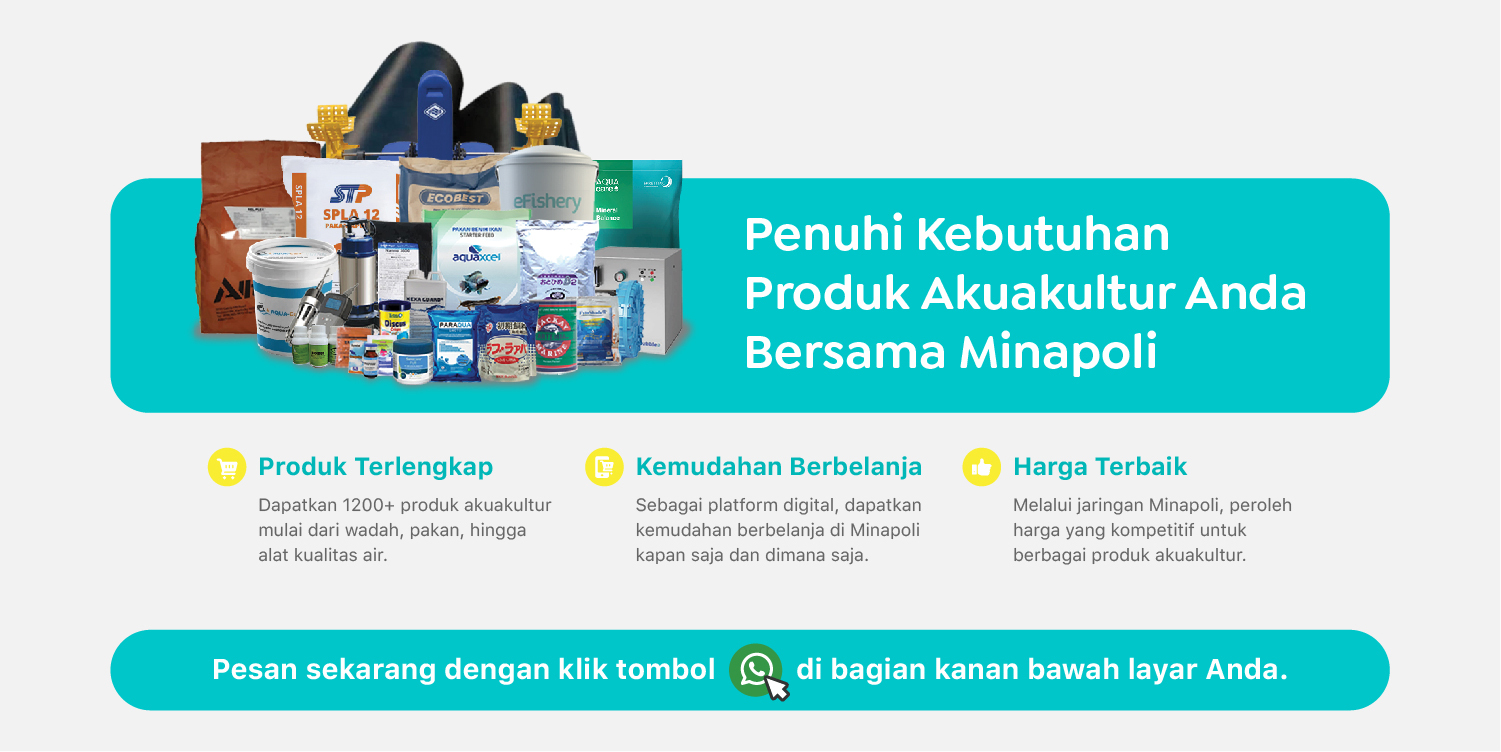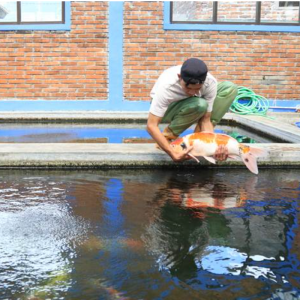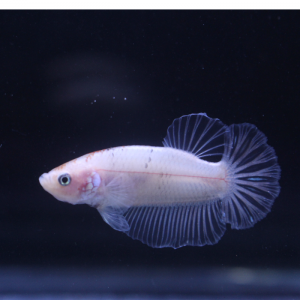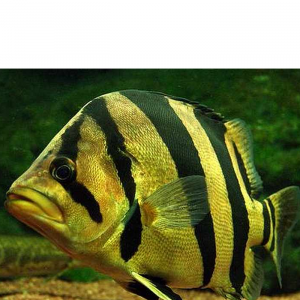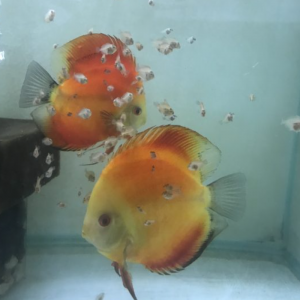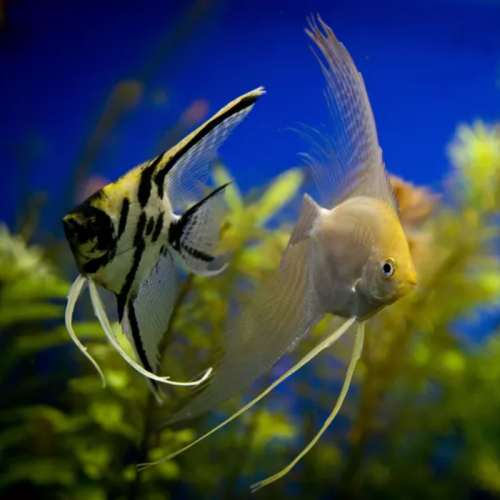
Acriflavine for Aquarium Fish
| Thu, 26 May 2022 - 18:08
The orange pigment dye called acriflavine, also known as euflavine, gonacrine, neutroflavine, and trypaflavine, is also both an antiseptic and a protozoacide, meaning that it kills infections caused by the overgrowth of parasitic protozoans (single-celled organisms).
History of Use
Initially developed in 1912, acriflavine was a byproduct of coal tar; it was first introduced as an antiseptic when it was used during WWI to combat the parasites that caused sleeping sickness. It was also used in the treatment of gonorrhea but has since been replaced by more targeted antibiotics.
Acriflavine is still available as an orange-brown powder and is now used primarily as a topical antiseptic that is often mixed with its derivative proflavine in commercial preparations.
Find Acrivlafine Products Here
Disease Prevention and Treatment
In the aquarium hobby, acriflavine is used to treat a variety of ailments from bacterial and fungal infections to disinfecting open wounds in fish. Acriflavine is also used to disinfect fish eggs, thus preventing egg loss to fungus. It may also be used as an alternative to Malachite Green for the treatment of disease in scale-less fish such as catfish, elephant-nose, and some members of the Characin family.
Do not expose shrimps, crabs, crustaceans or any other invertebrates to acriflavine. Also, acriflavine will severely damage live plants and is not recommended for use in live planted tanks; live plants should be removed before treatment is begun.1 Instead, acriflavine treatment can be performed in a separate hospital tank.
Following are some aquarium diseases successfully treated by acriflavine:
- Oödinium pilularis: a protozoan parasite that causes an infection called Velvet Disease
- Flavobacterium columnare: a bacteria that causes an infection known as Columnaris or Cottonmouth
- Fin Rot: several species of bacteria causing fins and tails to become ragged and frayed; in some cases almost completely eroded
- Egg Fungus: a mild disinfectant for fish eggs
- Saprolegnia spp.: a fungal infection of freshwater fish
- Open Body Sores: bacterial infections causing open red sores on the body
Also read: 5 Diseases Caused by Bacteria on Tilapia, Red Tilapia
Acriflavine can be used as a short term bucket dip for fish, or it can be added to the aquarium water to treat the entire tank. However, when used as a bath treatment, caution should be used, as it will stain artificial plants and other decorations in the tank. To avoid staining, remove those items before treatment.
Tank Preparation
Any carbon in the filter will remove all acriflavine from the water and so must be removed before acriflavine is used. An acidic pH (below 7.0) will also inhibit the efficacy of acriflavine.
Do not use acriflavine in conjunction with API Stress Coat, Kordon Novaqua, Kordon Amquel, Jungle Start Right, SeaChem Prime, and other Redox Reducing water products. Wait for at least thirty minutes after product use before using acriflavine in the aquarium.
Ammonia neutralizing or phosphate absorbing products will not impact the efficacy of acriflavine. It can also be used together with methylene blue and antibiotics.
Also read: Tank Colour Shown to Impact Performance of Asian Seabass
Products Containing Acriflavine
For use in freshwater aquariums, API Fungus Cure is a powder that effectively treats fungus (Saprolegnia spp. & Achlya spp.), mouth fungus (Cotton Mouth Disease), and Fin and Tail Rot infections. It also helps prevent the growth of fungus on fish eggs prior to hatching. Note that this medication will cause a slight discoloration of the tank water that can later be removed with activated carbon.
In both marine and freshwater aquariums, FishVet Acriflavine-MS is an effective preventative and treatment for the control of oodinium (velvet disease) as well as for various external protozoan and bacterial infections. Acriflavine-MS is also used to prevent bacterial egg infections and to treat open wounds.
___
This article first appeared at thesprucepets.com. The accuracy of information and the effectiveness of cultivation contained therein is not Minapoli's responsibility.
